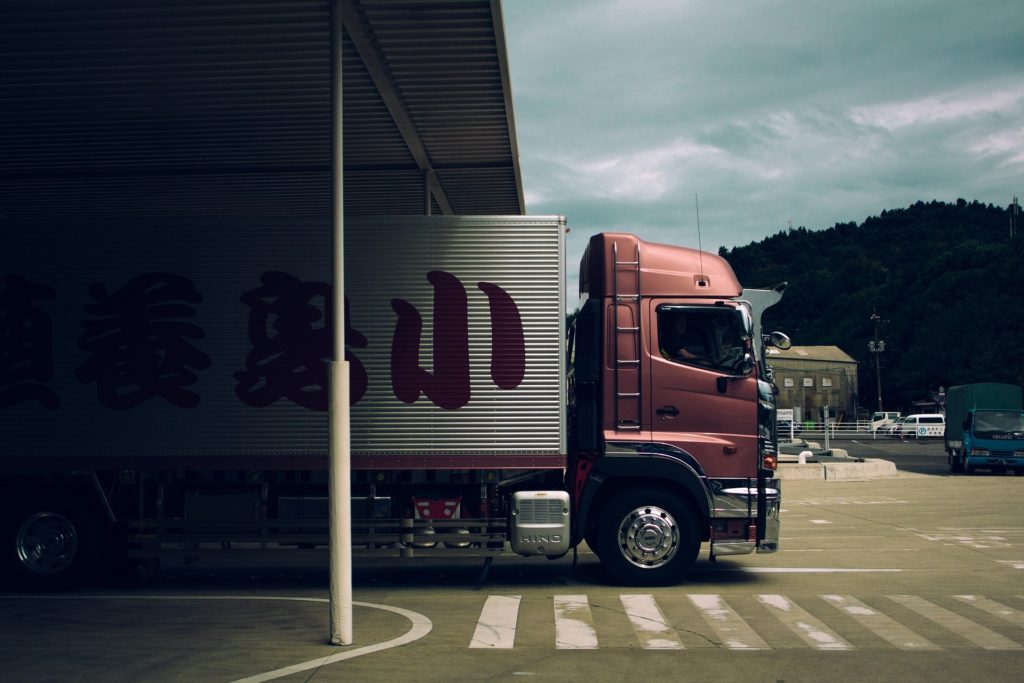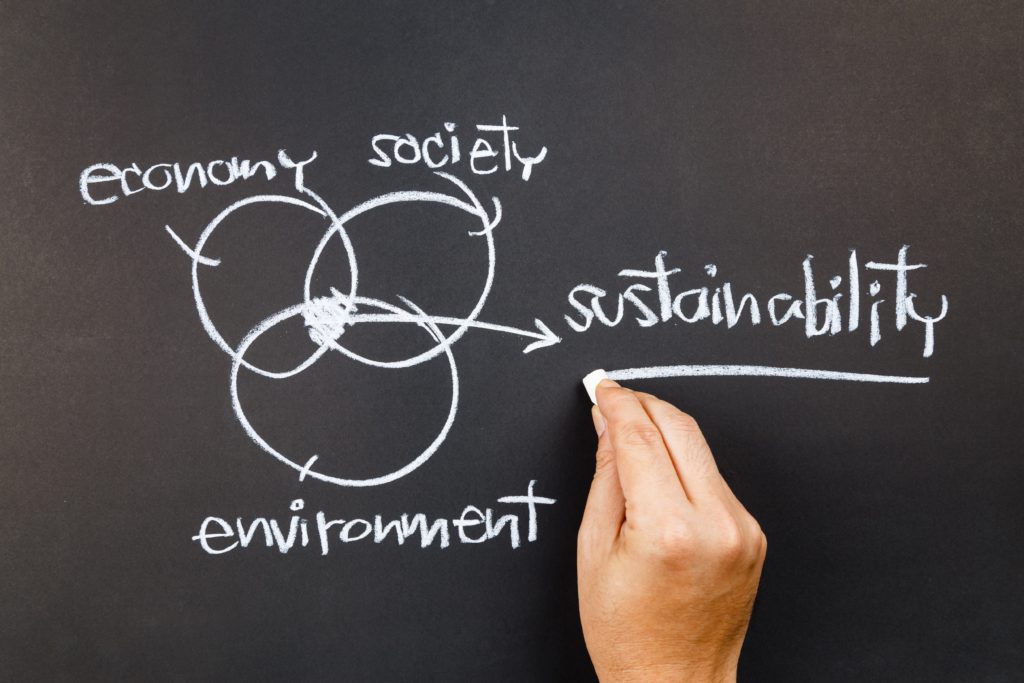
“How is this possible? It was supposed to be here last week!” Your books didn’t come in time for the author signing. Banners didn’t show up for the launch. A late replacement part for the printer means you missed your campaign window. Or you find operations suddenly hamstrung by a natural disaster, as was the case for some 50 thousand manufacturing, utilities, mining, and agricultural operations in Texas last year.
These kinds of glitches happen all the time in business. Sometimes it’s from poor planning, but sometimes ‘life happens’ and there’s nothing you could’ve done. Now you have upset customers, clients, or vendors, lost opportunities and revenues, and there’s your reputation to consider as well. Rebounding from a supply chain disruption is no easy task.
A study by Airmic Technical says of over 150 surveyed supply chain executives, 73 percent had to deal with disruptions in the past five years. That makes it pretty likely that your business will be dealing with them at some point, too. The same study shows that 60 to 70 percent of your business’s cost structure is likely embedded in your supply chain. So the stakes are pretty high when it comes to getting your deliveries fulfilled.
A smooth supply chain keeps your business fluid and responsive, but life’s little glitches, if unchecked, can threaten to sink you. Does the blockchain have a solution to this?
Blockchain, Meet Supply Chain
Recognizing that even up to date operations are still largely reliant on outdated logistical technology, a new app called MOVA executes Ethereum smart contracts to alleviate supply chain surprises. It incentivizes streamlined delivery systems on both the receiving and production ends. By removing communication barriers between producers, suppliers, vendors, transporters and retailers, it boosts efficiency in the supply chain process and hedges against potential losses.
For example, through the app you can set a sliding scale of payment for your delivery. An early delivery may earn a bonus and a late delivery incurs a penalty. Your supply company sees the terms, and the quicker your delivery arrives, the happier everybody is. Real time GPS tracking keeps everyone in the loop and means there are no dark spots in the process. Because it’s ledger-based, the whole system is transparent and everyone’s accountable along the way. You get your goods when you need them. Your supplier gets instant payment. Everyone knows immediately if any problems arise on the road or at sea.
Efficient is Green
Making shipping and trucking more efficient doesn’t just mean more timely deliveries, it means a lower carbon footprint. Consider that a normal diesel freight truck drives around empty for 14,000 miles a year. This converts over 2,400 gallons of wasted fuel into 26.4 tons of unnecessary emissions. If empty trucks were tasked for the trip back, or two half-full trucks were combined, we’d save on fuel and emissions. Tightening up freight efficiency will considerably reduce environmental impacts of business operations.
Making Blockchain Work in the Real World
MOVA co-founder and CEO Lachlan McDonald comes from a background of supply management for multibillion dollar manufacturers like Hastings Deering.
“I heard a lot about blockchain,” he says, “but I hadn’t seen any practical, real-world technology that’s working at the moment. The big guys that are using it are all optimizing for themselves. There’s Maersk, but they’re optimizing it for Maersk, not for global supply chains in general.”
He says that bring blockchain down to a practical, blue collar level is part of what motivated him to tackle the supply chain process himself.
“Having been on the business end of trying to make technical change happen for companies worth 30 or 40 billion dollars, I know it’s really hard. When you have to rely on people and behavioral change, that’s where stuff breaks down. The tech can be cool, but unless it works in a real-world environment, it’s pretty challenging.”
Because everything is connected in business ecosystems, a small problem here makes major waves there. By the same token, an app like MOVA could solve problems not just for your business, but for everyone along the supply chain. That will open up doors to a greener and more cost effective flow of goods worldwide.
















It’s awesome to go to see this site and reading the views of all colleagues on the topic of this post, while I am also keen of getting experience.
Thanks for another excellent article. The place
else could anybody get that kind of information in such
an ideal way of writing? I’ve a presentation subsequent week, and I’m
at the search for such info.
Heya! I just wanted to ask if you ever have any problems
with hackers? My last blog (wordpress) was hacked and I ended
up losing a few months of hard work due to no back up.
Do you have any solutions to prevent hackers?
you are truly a excellent webmaster. The web site
loading speed is incredible. It sort of feels that
you are doing any distinctive trick. Moreover, The contents are masterwork.
you have performed a great activity in this subject!